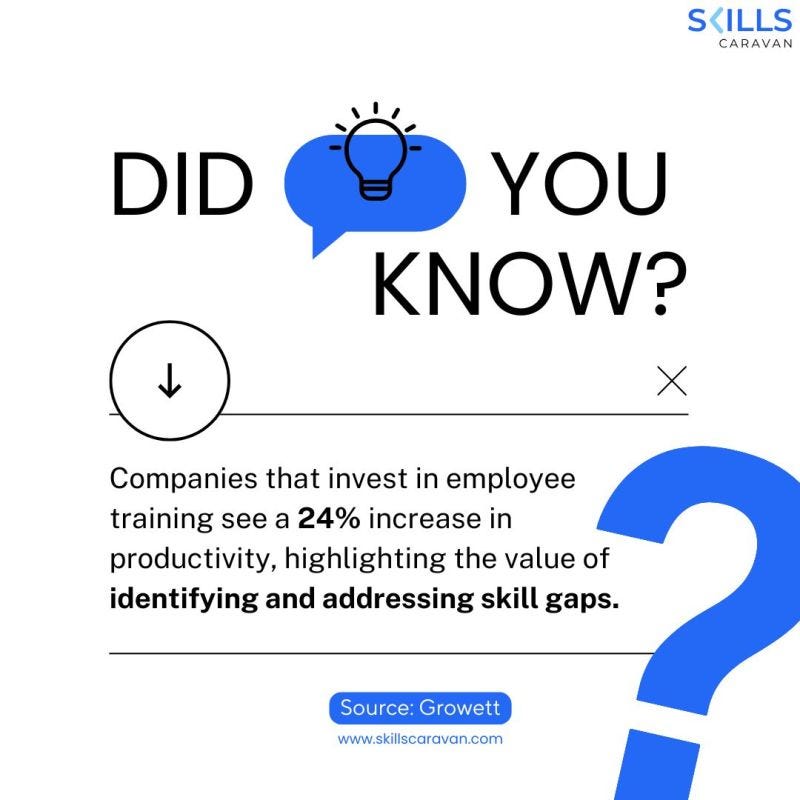6 Steps to Perform a Successful Training Needs Assessment
In every organization, the ability to keep up with change is tied closely to how well employees are trained. But simply rolling out training programs isn’t enough. You need to ensure that your training aligns with actual business goals and employee skill gaps. This is where understanding and assessing your training needs becomes essential.
A Training Needs Assessment (TNA) helps identify what skills, knowledge, or behaviors employees must develop to improve performance and contribute more effectively to organizational objectives. Done right, this assessment becomes the foundation of a robust learning and development (L&D) strategy.
Here’s a detailed guide on the six essential steps to perform a successful training needs assessment.

Step 1: Define Your Goals and Scope
Before diving into analyzing your training needs, start by clarifying your objectives. What do you hope to achieve through training? Are you trying to improve productivity, enhance customer satisfaction, reduce compliance issues, or prepare teams for digital transformation?
Clearly defining these goals helps narrow the scope of the training needs assessment. For instance, you may decide to focus on a specific department, role, or skill area instead of trying to cover the entire organization at once. This clarity ensures your assessment remains practical and actionable.
Tip: Align your training goals with your business objectives so that the identified training needs directly support company growth and strategic direction.
Step 2: Collect Data to Identify Current Performance Levels
Once goals are set, the next step is gathering data to understand your employees’ current performance levels and compare them against desired performance standards.
Common methods include:
- Employee surveys and self-assessments: Ask employees to rate their confidence or proficiency in key skill areas.
- Manager interviews and focus groups: Get insights from those supervising day-to-day work.
- Performance reviews and KPIs: Analyze existing data to identify consistent skill or knowledge gaps.
- Customer feedback and complaints: Discover areas where service quality might be lacking.
These data sources help paint a realistic picture of where training needs exist across teams.
Step 3: Analyze the Gap Between Current and Desired Performance
With data collected, analyze the difference between where your employees are now and where they need to be. This is often referred to as a gap analysis.
For instance, if your customer service team’s average resolution time is much longer than industry benchmarks, you may identify a training need related to problem-solving or product knowledge. Likewise, if a new technology rollout is underway, your assessment may reveal a widespread need for digital skills training.
Remember: Not every performance gap is due to lack of training. Sometimes the issue may relate to unclear processes, resource limitations, or organizational culture. Clearly separating training needs from non-training issues ensures your efforts stay focused and effective.
Step 4: Prioritize Identified Training Needs
All training needs aren’t equally critical. Once you’ve listed them, prioritize based on:
- Business impact: Which needs, if addressed, will drive the most significant improvement in performance or revenue?
- Urgency: Are there compliance deadlines or upcoming technology rollouts requiring immediate upskilling?
- Feasibility: Consider budget, resources, and employee availability.
Prioritization ensures your training strategy addresses the most important training needs first, creating measurable value for the organization.
Step 5: Propose Targeted Training Solutions
Now that you know your most pressing training needs, it’s time to design training interventions tailored to address them. Options could include:
- Instructor-led workshops for deep skill development
- Short e-learning modules for quick skill refreshers
- On-the-job coaching or mentoring
- Blended learning approaches combining online and in-person training
- Simulations or role-playing for customer-facing roles
For best results, ensure training content is practical, engaging, and directly linked to day-to-day tasks.
Tip: Involve employees in designing training content where possible. They can offer insights into real-world challenges and make learning more relevant.
Step 6: Monitor, Evaluate, and Adjust
A successful training needs assessment doesn’t end when the training starts. Establish metrics to evaluate the effectiveness of your interventions, such as:
- Post-training assessments to measure skill gains
- Manager feedback on observed performance improvements
- ROI analysis comparing training costs against business impact
Based on these results, refine future training plans. This continuous improvement loop ensures your organization keeps meeting evolving training needs effectively.
Why Understanding Training Needs Matters
Organizations often invest heavily in training programs, yet employees might still feel unprepared or disengaged. The root cause? Training not aligned with actual needs.
When you invest time in understanding and addressing true training needs, you can:
- Boost employee performance and productivity
- Enhance engagement and job satisfaction
- Reduce turnover by providing relevant career development
- Improve your organization’s adaptability to change
- Achieve better ROI on training investments
In short, a proper training needs assessment isn’t a one-time HR task — it’s a strategic activity that helps the entire organization grow.
Final Thoughts
Performing a training needs assessment may sound complex, but it becomes manageable when broken into clear steps:
- Define goals and scope
- Gather data on current performance
- Analyze the performance gap
- Prioritize training needs
- Design targeted training solutions
- Evaluate and adjust continuously
By following this structured approach, your organization can build a learning strategy that doesn’t just tick boxes but genuinely empowers your people.
Remember: the success of your L&D initiatives depends not just on offering training — but on offering the right training for the right needs.

Comments
Post a Comment